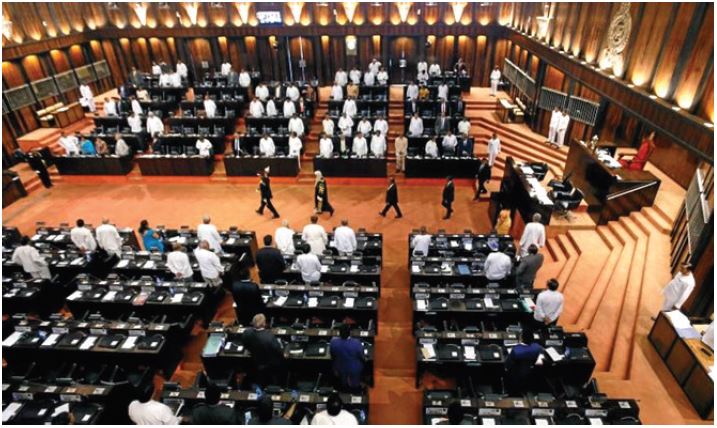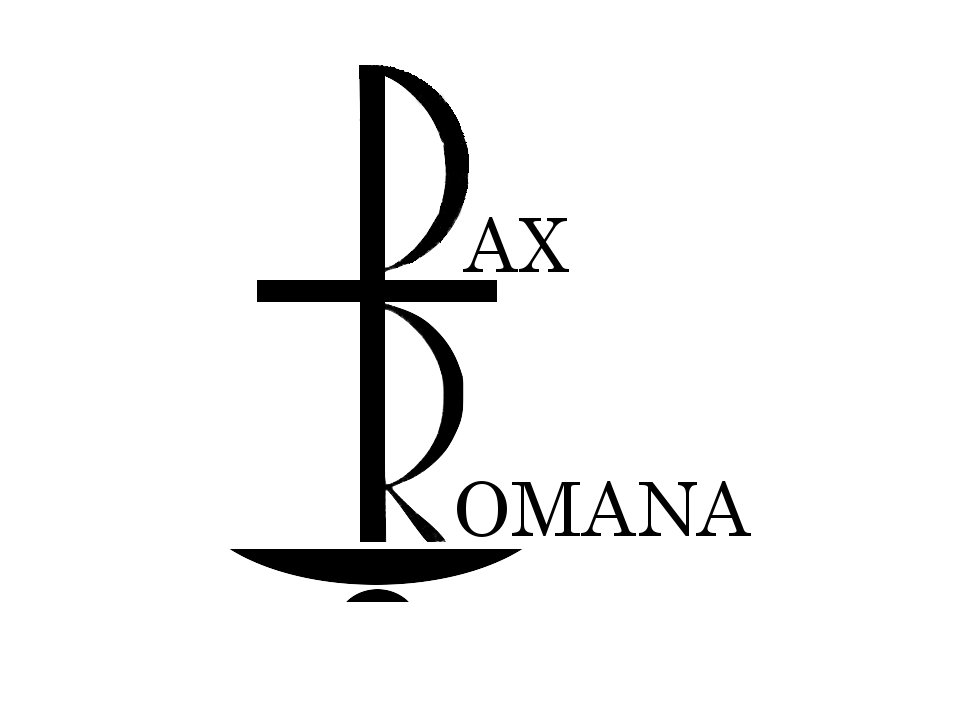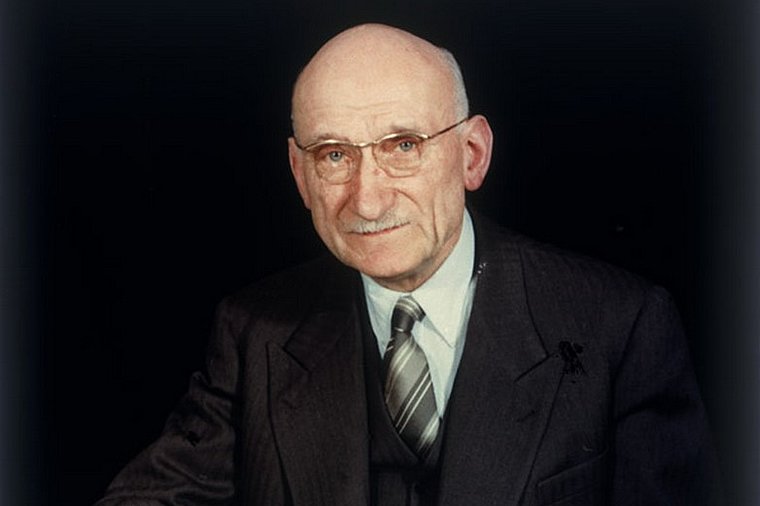Some people broke my office window in the middle of the night and came in to search for evidences against them, they give me death threat” said a Jesuit priest from Gujarat who is a human rights activist. I was in his office to learn about his works and it was the time of national 2014 elections. During this time, when many citizens were buying the pro-development agenda of a promising political party; there were some who were constantly ensuring the safeguard of democracy. This tug of war among the citizens got the nation a ruling government which is no less than a nightmare.
The senior judges of the Supreme Court in a press conference alleging government interference in appointing Supreme Court judges and warning the citizens of a crisis in democracy has cast a doubt on the autonomous functioning of the Indian Judicial System. At least three journalists were shot dead in 2017. This included the newspaper editor Gauri Lankesh from Banglore, who had been the target of a hate campaign on social networks. The press in India has lost its freedom, the ruling government restricts the freedom of speech and expression. To the contrary, some media channels promote the interest of the ruling government for monetary gains. Cobrapost, an independent investigative channel conducted an undercover sting named Operation 136 and alleged how Indian media houses were willing to promote Hindutva, communal polarisation, defame political rivals and execute nefarious political campaigns for money. The harm done to the Indian economy in various ways has also made the vulnerable farmers of the country march barefoot for their rights. The unnecessary demonetisation and a haphazardly implemented Goods & Services Tax (GST) have exposed the realities of the government. The recent rape case of ‘Asifa Bano’ an 8 year old Muslim girl who was raped by some goons of the ruling government in a temple shocked the nation. With a lot of ups and downs in the recent years of the newly formed government, the citizens of the country feel betrayed.
It is important to understand that the practices of democracy in India is embedded in its cultural and social practices. Right from geographical boundaries to languages, India is diverse in many ways. Understanding politics at the grassroots means understanding the nitty-gritty of these cultures and social practices. Keeping this at the backdrop one needs to truly empathize with a democratic country like India which is diverse with multiple political parties being obliged to accommodate end number of opinions and conflict of interest. The ruling government has a quite an interesting agenda of “The Hindutva Nation”. One of the boon in a democratic nation is right to choose your religion. The idea of a Hindutva nation has caused distress among citizens especially the minorities. This propaganda of Hindutva which mainly targets the Muslim and the Christian communities is a downfall to the nation’s image of unity in diversity. Christian missionaries have worked in the country for years for the welfare of the people. Conversion into the Christian/Catholic faith has been a matter of choice rather than force for people. Acculturation of the practices within the church in the light of Indian traditions, access to the bible and services in local languages has made the faith stronger. Dalit communities and the tribal communities have embraced the catholic faith to find solace in the time of oppression and their generations have grown to have witnessed the church and its teachings. The Catholic Church in India has an established structure and also embraces ecumenical dialogues. The Catholic Church has made immense contributions right from education to social development in its true secular sense. The church in India participates in social responsibilities, seeking the common good especially of the marginalized. In the last few years, the news has reported many instances where Christians have been attacked in numerous ways. It is interesting to see how the church builds a spirit of resilience and does not get carried away from its mission.
It is just not India, democracy is at stake in so many countries around the world. The issues of human rights are now a global concern. Looks like the emergency declared in 1975 in India has faded from the popular consciousness. Today, India is running in historical parallels causing threat to world’s largest democracy. Only because the citizens of the country have the power to choose its government, does not necessarily make the essence of democracy thrive. India’s democracy in the current affairs can be picturized as a ‘Tangled Web’ and the spirit of resilience in nation building brings hope to India’s democracy.




Leave A Comment
You must be logged in to post a comment.